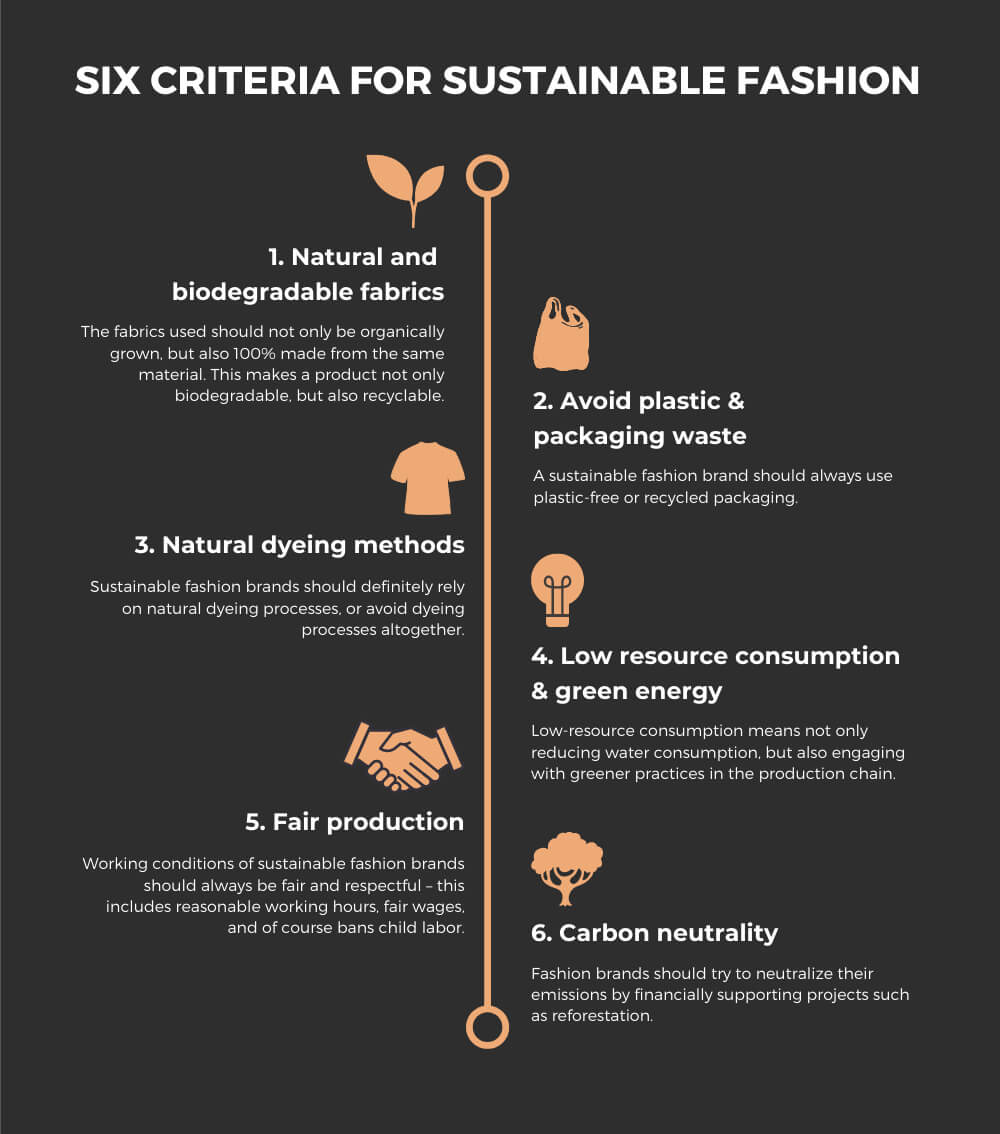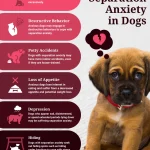I have always been someone who loves fashion. From a young age, I would spend hours flipping through fashion magazines, studying the latest trends, and dreaming of having a wardrobe filled with designer pieces. But as I’ve gotten older, I’ve started to become more conscious of the impact that the fashion industry has on our planet.
Fast fashion, characterized by cheap clothes produced rapidly in response to the latest trends, has dominated the industry for years. But what most people don’t realize is the heavy toll it takes on the environment. From the copious amounts of water and chemicals used in production to the mountains of textile waste ending up in landfills, the fashion industry is one of the biggest contributors to pollution.
This realization prompted my journey into sustainable fashion. I wanted to find a way to express my style and love for fashion while also staying mindful of the environment. And boy, was I surprised to discover that sustainable fashion doesn’t mean compromising on style or breaking the bank.
So, what exactly is sustainable fashion? Put simply, it is an approach to fashion that takes into account the environmental, social, and ethical impacts of clothing production. It encompasses everything from the materials used to make the clothes, the production process, and the conditions for the workers involved.
One of the key elements of sustainable fashion is using eco-friendly materials. This means opting for natural fibers like organic cotton, linen, hemp, and Tencel, which are grown without harmful pesticides and require less water compared to conventional cotton. Another great alternative is recycled fabrics, which are made from pre-existing materials like plastic bottles or discarded clothing.
But sustainable fashion isn’t just about the materials. It’s also about the production process. Slow fashion, the antithesis of fast fashion, focuses on creating high-quality garments that are designed to last. This means paying fair wages to skilled workers and ensuring safe working conditions. By investing in well-made, timeless pieces, we can reduce the demand for cheap, disposable clothing and ultimately minimize waste.
I have found that one of the most exciting aspects of embracing sustainable fashion is the opportunity to discover unique and independent designers. The rise of sustainable fashion has opened up a whole new world of innovative and forward-thinking brands that prioritize both style and sustainability. From beautifully crafted artisanal pieces to cutting-edge designs made from recycled materials, there is something for everyone’s taste and budget.
But sustainable fashion goes beyond just the clothes we wear. It extends to accessories, shoes, and even our beauty routines. By choosing brands that align with our values and embrace sustainable practices, we can make a positive impact across all aspects of our lives.
In recent years, sustainable fashion has gained considerable momentum, and for a good reason. It addresses the urgent need for change within an industry that has been built on exploitation and excessive consumption. And it’s not just consumers who are demanding change; many fashion brands are also taking steps towards sustainability.
Major players in the industry are recognizing the need to shift towards more sustainable practices. They are implementing measures like using renewable energy sources, reducing water usage, and investing in recycling technologies. This shift is promising, as it shows that sustainability is not just a passing trend but a necessary step towards a better future.
While sustainable fashion is definitely a step in the right direction, it’s important to recognize that it’s not a perfect solution. True sustainability requires a systemic change that goes beyond individual choices. It requires collaboration and collective action from all stakeholders involved, including brands, governments, and consumers.
As consumers, we have the power to make a difference. By choosing sustainable fashion, we can send a clear message to the industry that we demand better and more responsible practices. Small changes, like repairing our clothes instead of buying new ones, shopping second-hand, or supporting local designers, can have a significant impact.
In conclusion, the rise of sustainable fashion is a positive sign for the future of the industry and our planet. It shows that we can continue to express our style, stay on-trend, and make a difference at the same time. So, let’s embrace sustainable fashion, not just as a trend, but as a conscious lifestyle choice that benefits both us and the world we live in. Together, we can shape a fashion industry that is not only fashionable but also sustainable.



